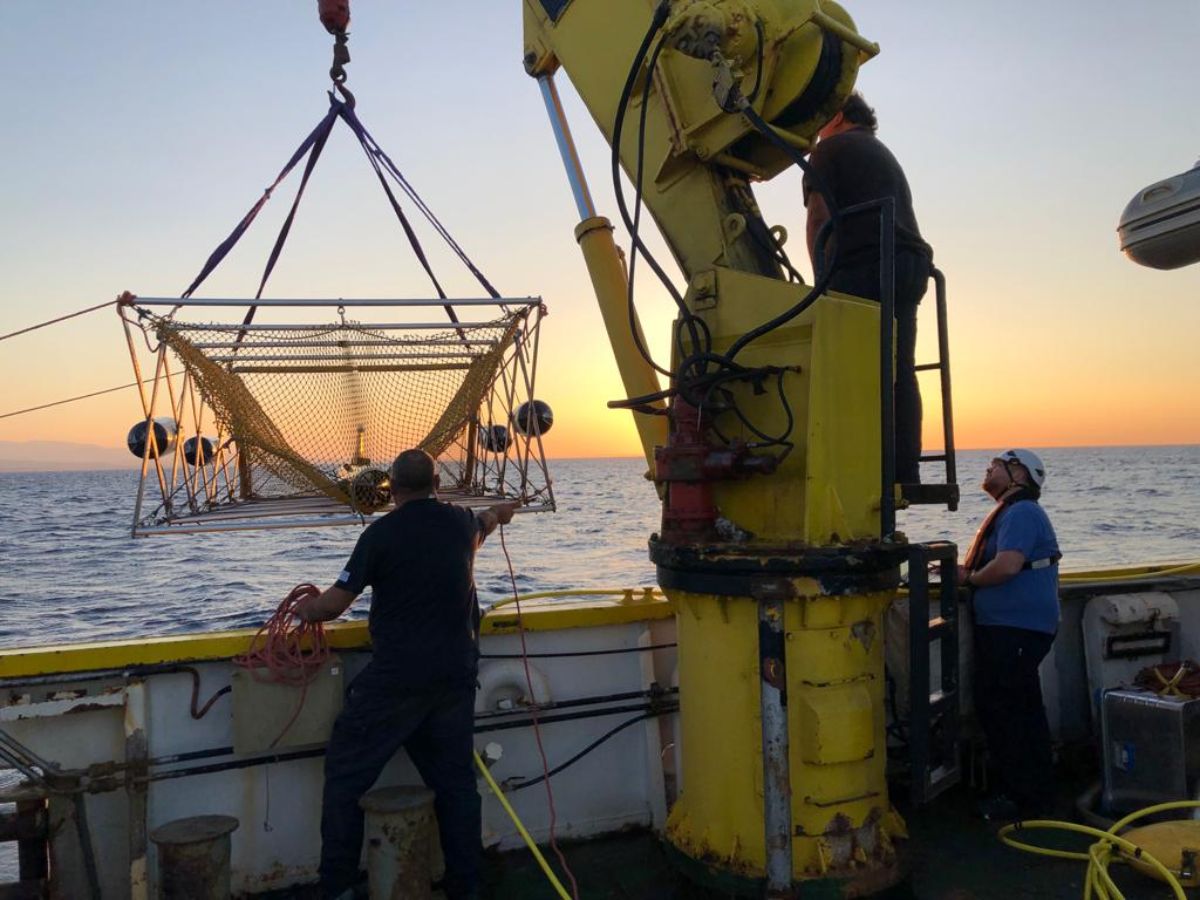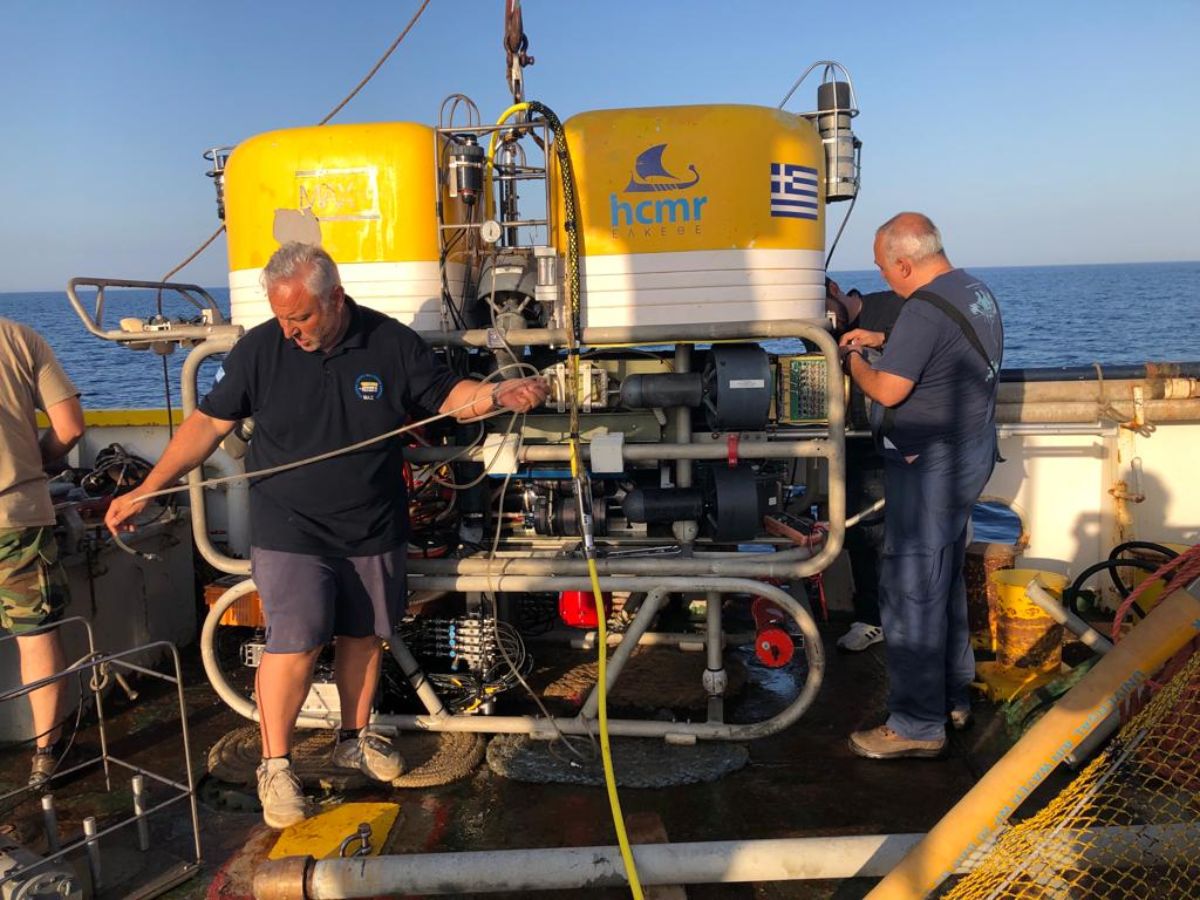
Underwater canyons: Erodoto campaign sheds new light on their geological hazards
The oceanographic Erodoto campaign, led and designed by the OGS as part of Eurofleets, an alliance of European marine research infrastructures to meet the evolving needs of the research and industrial communities, ended July 12. The expedition set out on July 1 from the Athens port of Piraeus aboard the research vessel Aegeo to the submarine canyon of Squillace, located in the Ionian Sea, off the coast of Calabria.
The ERODOTO project proposes an innovative integrated approach to analyse and quantify the active dynamics of a shelf-incising, close-to-shore submarine canyon in order to set a model for geohazards assessment and risk management.
Onboard, an international research team included researchers from 6 different countries (Italy, Belgium, Greece, Portugal, Croatia and South Africa) respectively from OGS, Hellenic Center for Marine Research - HCMR, National Oceanography Centre - NOC, Flanders Marine Institute - VLIZ, University of Cardiff and University La Sapienza. In addition, three early career researchers embarked for the first time on a research vessel.
Thanks to the marine research infrastructures provided by Eurofleets+ the multicultural scientific team onboard was able to image the morphologies and lithologies of the Squillace submarine canyon with a resolution never achieved before. Rock and sediment samples have also been collected, which will guide scientists to unravel the geological evolution of the canyon. Geotechnical analyses at specific locations will be carried out on sediment cores by IFREMER in the next months and will contribute to the novel methodology proposed to assess the potential geohazards of the Squillace canyon headwalls to coastal areas.

